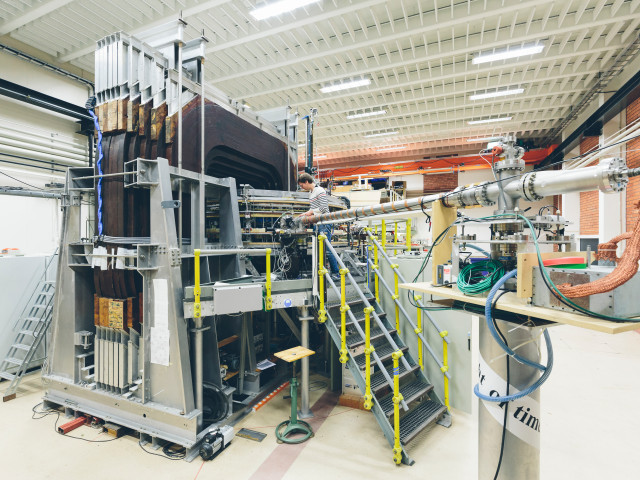The course will through a selected set of examples introduce and motivate a need for a detailed physical and chemical description of surfaces on the atomic/molecular level. This includes basic surface phenomena such as adsorption, desorption, chemical bonds and chemical reactions, thin film growth and their dependence on atomic and electronic surface structure, temperature, pressure and environment.
A set of experimental surface/interface preparation and analysis methods for determination of electronic and atomic structure will be presented and described, with the aim to provide the student with a “tool-box”. This box includes advanced electron and X-ray spectroscopy, electron spectroscopy, surface diffraction, synchrotron radiation and atomically resolved microscopy.
The course encompasses lectures, mini-conferences with student presentations, lab-work and a visit at the Swedish National Synchrotron Radiation Laboratory MAXLAB
Materials and their properties play a key role in todays society and technology; electronic devices and machines, catalytic reformation of chemicals, corrosion inhibition and protection, energy conversion, nanotechnology, construction materials. In many of those areas surface or interface effects are more or less important. In particular in nanotechnology it is often only the surface that is left.
After the course the students should be able to:
- Analyze data from the methods presented in the course and calculate binding energies, charge transfer, electrical and optical properties, chemical composition and atomic structure. The analysis is not intended to include advanced computer based modeling.
- Explain and judge relevant information from published research papers in surface science.
- Select/suggest the proper set of experimental methods to determine the electronic and atomic structure, chemical composition and chemical bond strength for a given surface/interface system.
- Describe the basic principles, surface specificity, advantages and limitations of the spectroscopic and microscopic methods presented in the course.
- Judge the importance of surface effects on some technological areas, based on a physical description of those systems.
- Describe and estimate how lattice structure and chemical bond influences on interface structure and surface reactions.
- Describe the physical and chemical difference between a surface and the bulk of a material and how this depends on the type of bond in the material.
